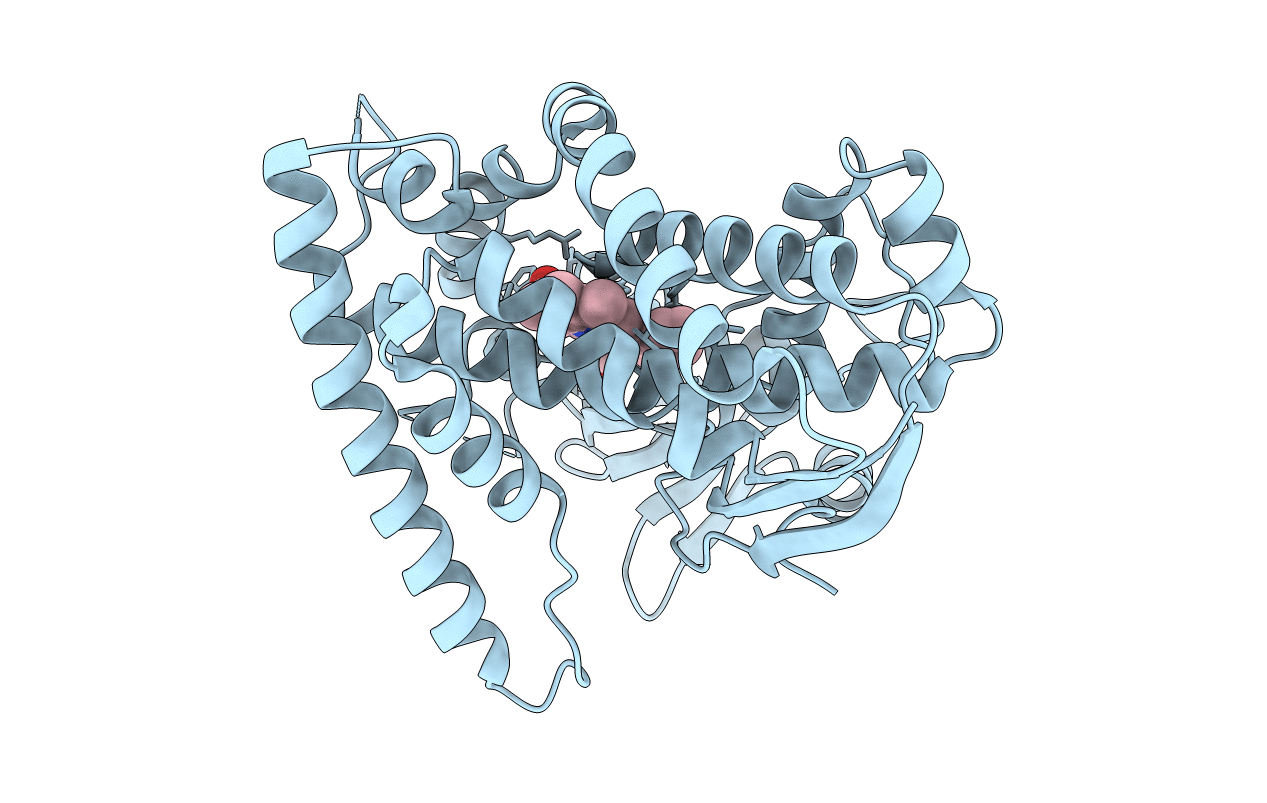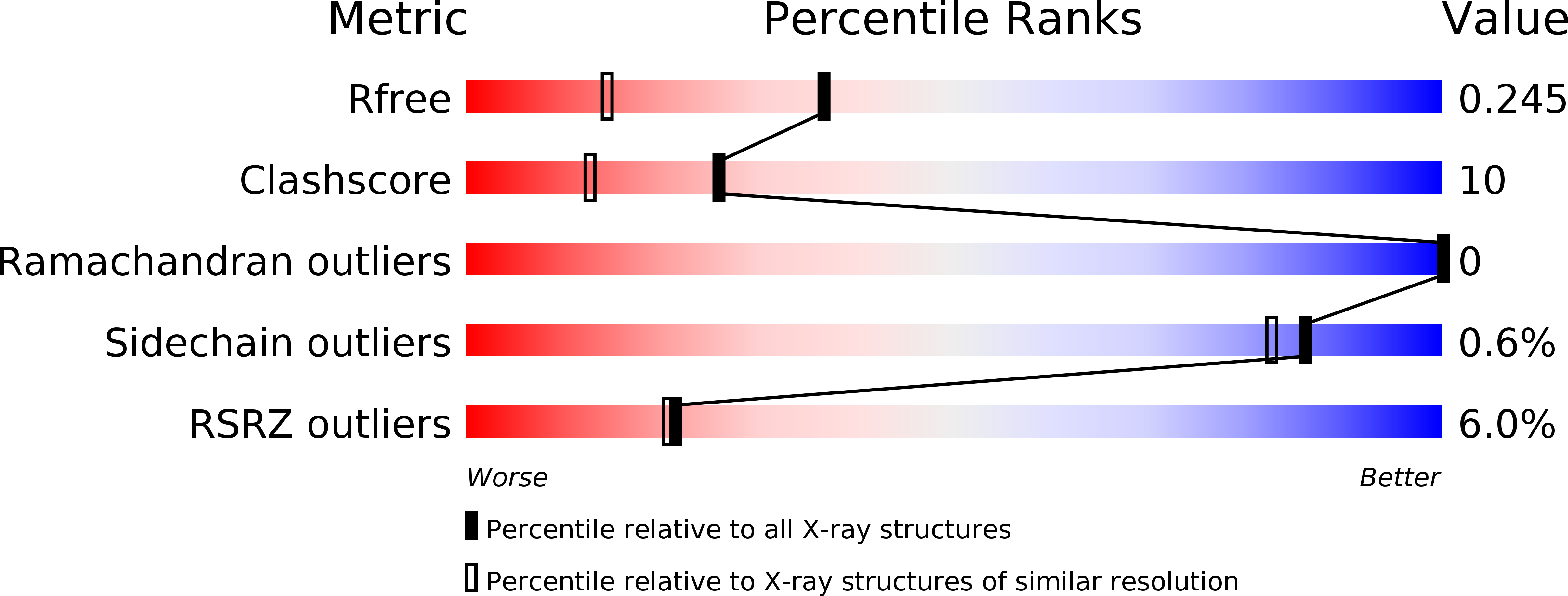
Deposition Date
2014-10-18
Release Date
2015-02-04
Last Version Date
2023-09-20
Entry Detail
PDB ID:
4RM4
Keywords:
Title:
The crystal structure of the versatile cytochrome P450 enzyme CYP109B1 from Bacillus subtilis
Biological Source:
Source Organism:
Bacillus subtilis subsp. subtilis (Taxon ID: 135461)
Host Organism:
Method Details:
Experimental Method:
Resolution:
1.77 Å
R-Value Free:
0.25
R-Value Work:
0.20
R-Value Observed:
0.20
Space Group:
P 1 21 1


